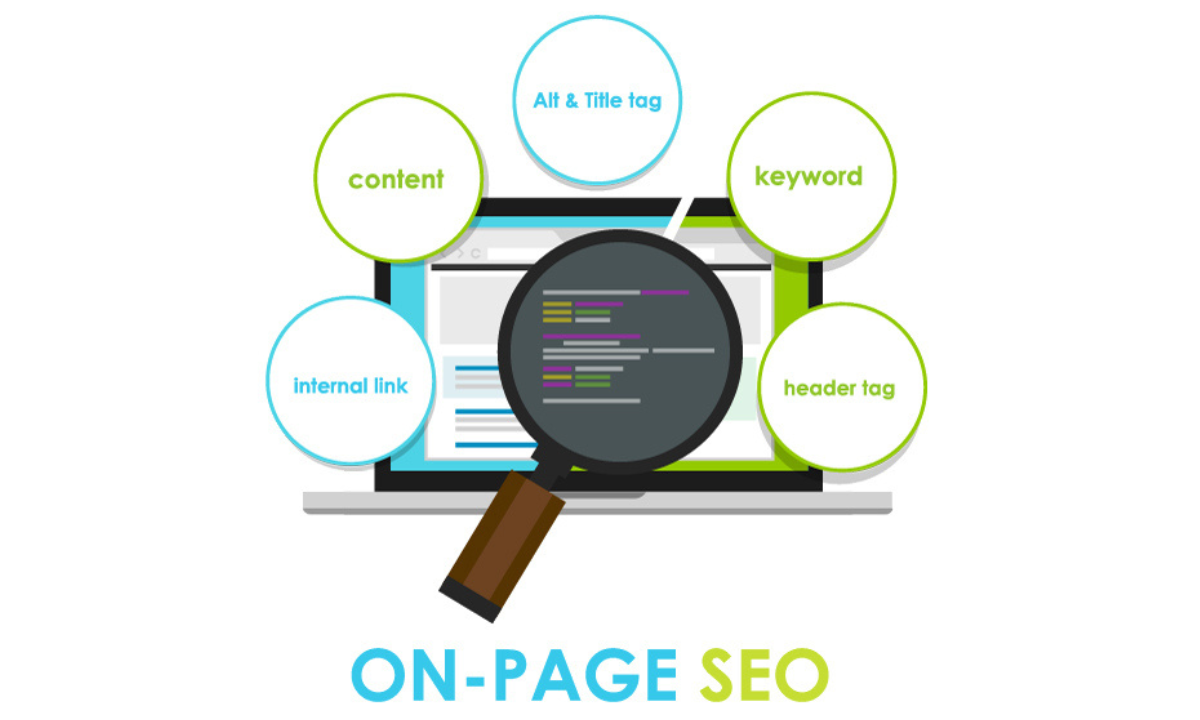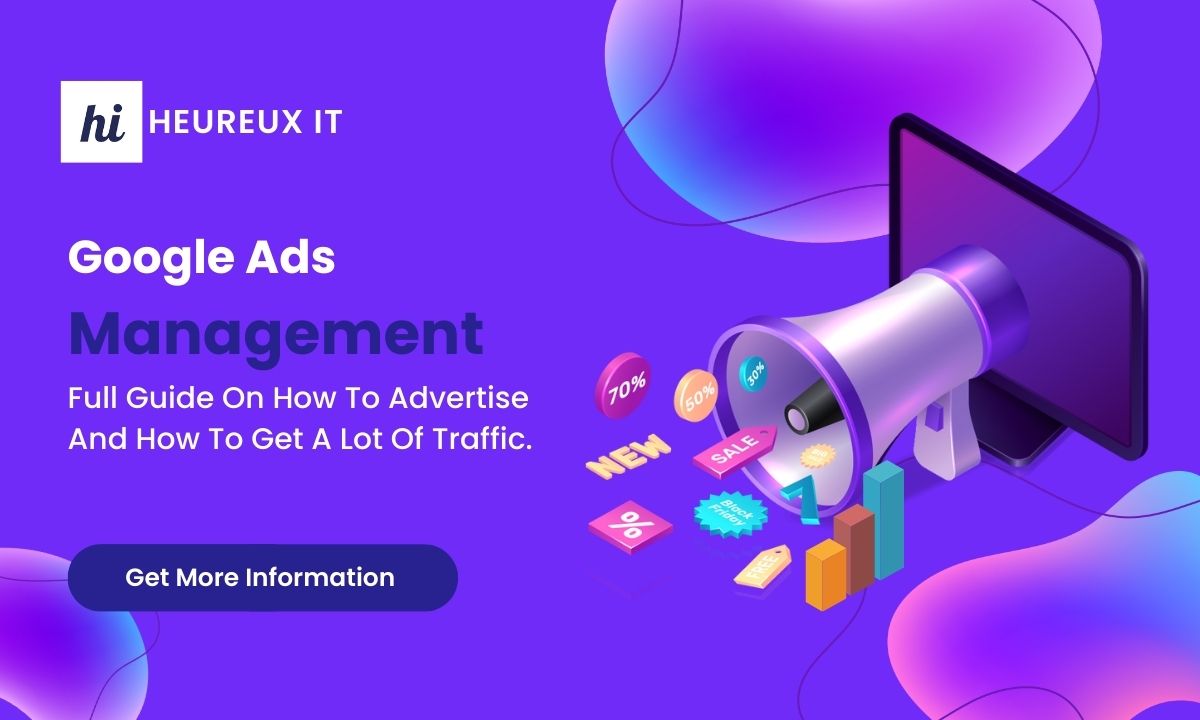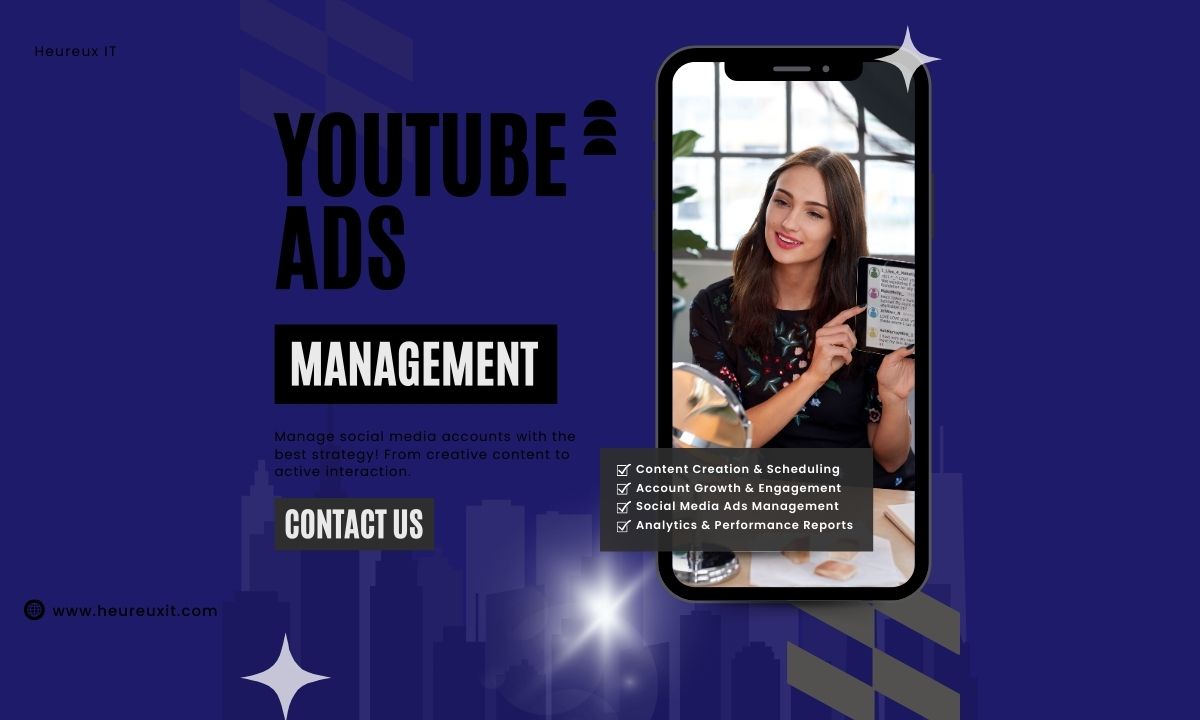Imagine you have a fantastic shop, but it’s hidden in a place where no one can find it. That’s like having a website that’s not optimized for search engines. On-page SEO is the key to changing that and ensuring your website stands out on the internet. Whether you’re a seasoned marketer or just starting out, this post will provide you with a solid understanding of on-page SEO techniques and how they can benefit your website. By the end of this guide, you’ll have the knowledge to optimize your web pages effectively and improve your search engine rankings.
Why On-Page SEO Matters
On-page SEO is essential for getting your website noticed by search engines. It involves techniques applied directly to a webpage to secure a prominent place on a Search Engine Results Page (SERP). It’s about making your site both search engine and user-friendly. By fine-tuning your on-page SEO, you attract more traffic to your site and ensure that this traffic is relevant.
6 Effective On-Page SEO Techniques in 2024
Let’s dive into six on-page SEO techniques that still work wonders in 2024.
1. Keyword Research
Keyword research is the cornerstone of SEO. It involves identifying the specific words and phrases users search for online. Understanding the intent behind keywords is crucial. Are users looking for information, products, or services? Tailor your content to match this intent. For instance, “How to groom a poodle” is informational, while “Buy a poodle grooming kit” is transactional.
Start by brainstorming potential keywords relevant to your site. Use both short-tail and long-tail keywords. Short-tail keywords are broad, like “shoes” or “travel,” while long-tail keywords are more specific, like “best running shoes for flat feet.” Use tools like Google Keyword Planner and Ahrefs to refine your list. Focus on keywords that balance search volume and competition to optimize your SEO strategy.
2. Content Quality
High-quality content is key to ranking well and engaging your audience. Your content should be informative, well-written, and relevant. Avoid keyword stuffing, which can negatively impact your content. Focus on delivering value and answering your audience’s questions effectively. Original content is favored by search engines, so ensure your blog content is unique and distinctive.
3. Use Title Tags and Heading Tags
Title and heading tags structure your content and make it more accessible. Title tags are crucial for search visibility. Include your target keyword in the title tag for better SEO. Heading tags (H1, H2, H3) help organize your content, making it more scannable for readers. Use descriptive titles and incorporate keywords naturally to improve SEO.
4. Write Compelling Meta Descriptions
Meta descriptions are snippets that summarize a page’s content in search results. Keep them under 160 characters and include relevant keywords. A strong meta description can increase click-through rates and attract more users to your site. Use our SEO tools to create effective meta descriptions that entice users to click.
5. Optimize Your URLs
URL optimization is crucial for SEO and user experience. Use descriptive, concise URLs that incorporate relevant keywords. Avoid long URLs that are hard to read. For instance, use “www.example.com/healthy-smoothie-recipes” instead of “www.example.com/page1234?var=132&ref=456.” Rank Math can help ensure your URLs are well-optimized with your focus keywords.
6. Image Optimization
Optimize images by using alt text and managing file sizes. Alt text provides descriptions for images, aiding accessibility and SEO. Proper alt text helps your images appear in search results, driving more traffic. Compress images to improve loading speed, and choose the right format for quality and size. Use descriptive file names and appropriate formats like JPEG or PNG.
Internal and External Linking
Internal Linking
Internal links enhance navigation and engagement. Use descriptive anchor text and link to related content. Avoid overlinking, which can be distracting. Rank Math helps identify content for internal linking, improving SEO.
External Linking
External links add credibility by referencing authoritative sources. Link to reputable sites to enhance your content’s trustworthiness. Avoid broken links, and ensure linked sources are reliable. Proper external linking boosts your content’s authority and relevance in search engines.
FAQs about On-Page SEO
What is the difference between on-page and off-page SEO?
On-page SEO focuses on optimizing elements within a webpage, while off-page SEO involves external factors like backlinks.
How do I measure on-page SEO success?
Use tools like Google Analytics to monitor organic traffic, keyword rankings, and user engagement metrics.
How often should I update my content?
Regularly update your content to maintain its relevance and improve search engine rankings.
Is there an ideal keyword density for on-page SEO?
There’s no specific ideal keyword density. Focus on using keywords naturally and prioritize quality content.
Conclusion
Mastering on-page SEO is essential for online success. By optimizing elements like title tags, meta descriptions, content, and links, you boost your SEO game. Remember, SEO is an ongoing journey, so stay updated with industry changes. Implement these strategies, and you’ll see your website climb the search engine ranks, attract more visitors, and provide real value to your audience. Keep optimizing, and watch your online presence grow.







